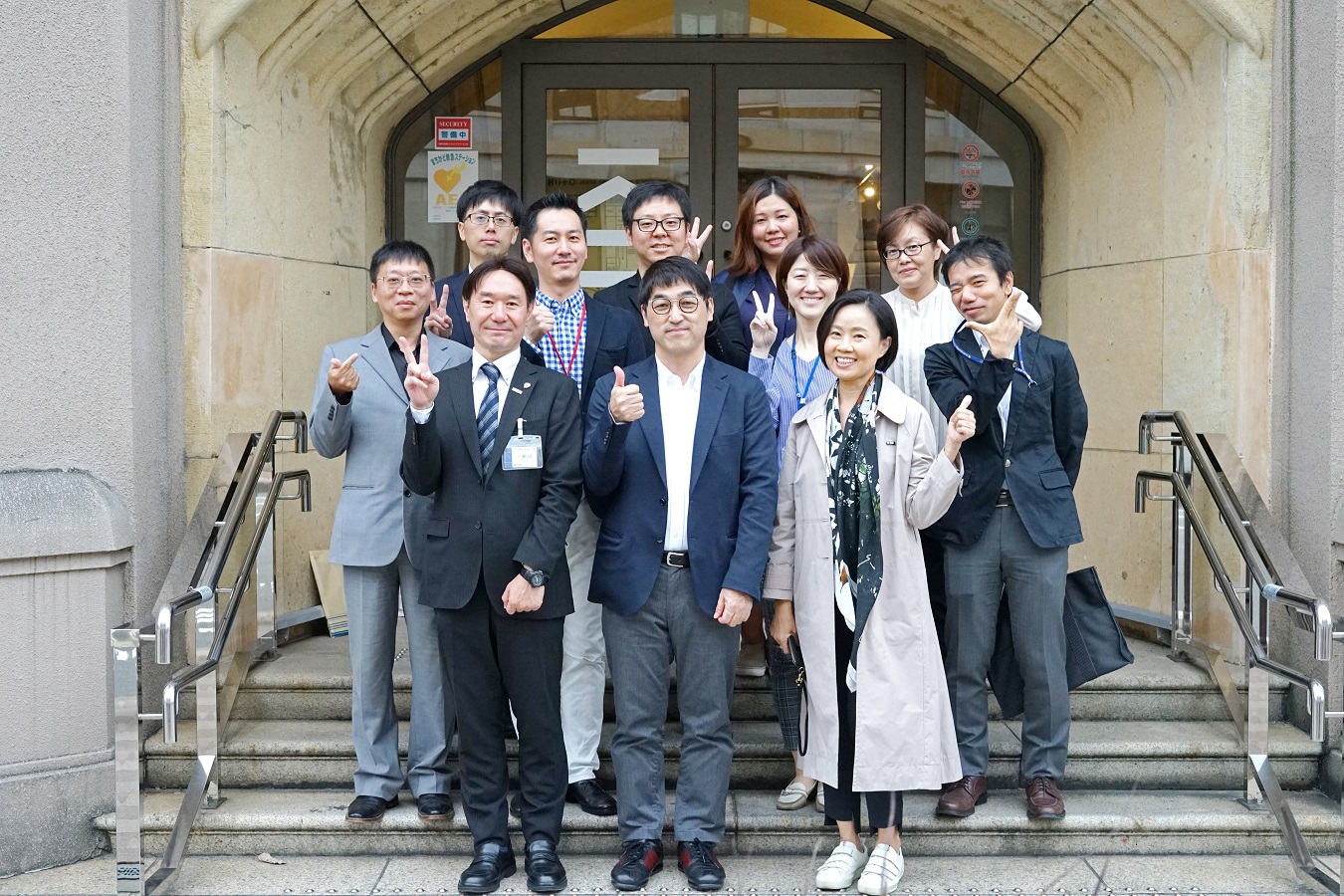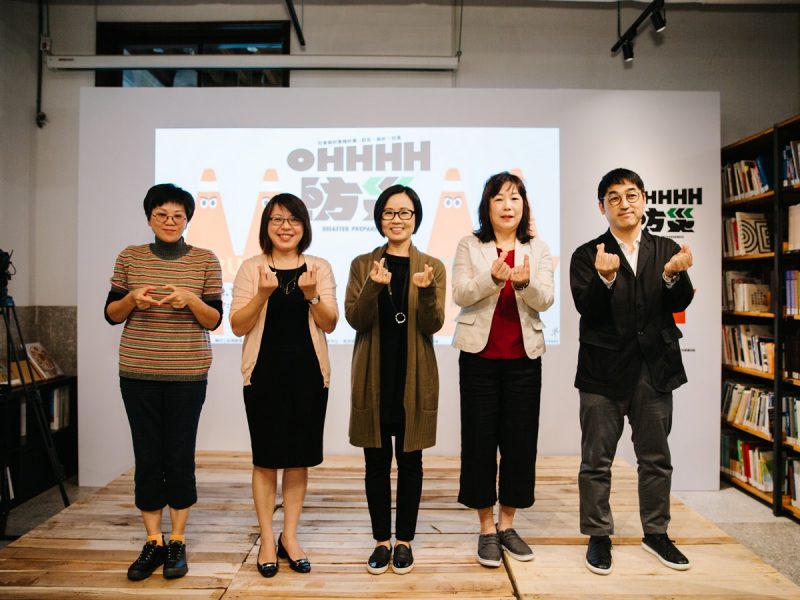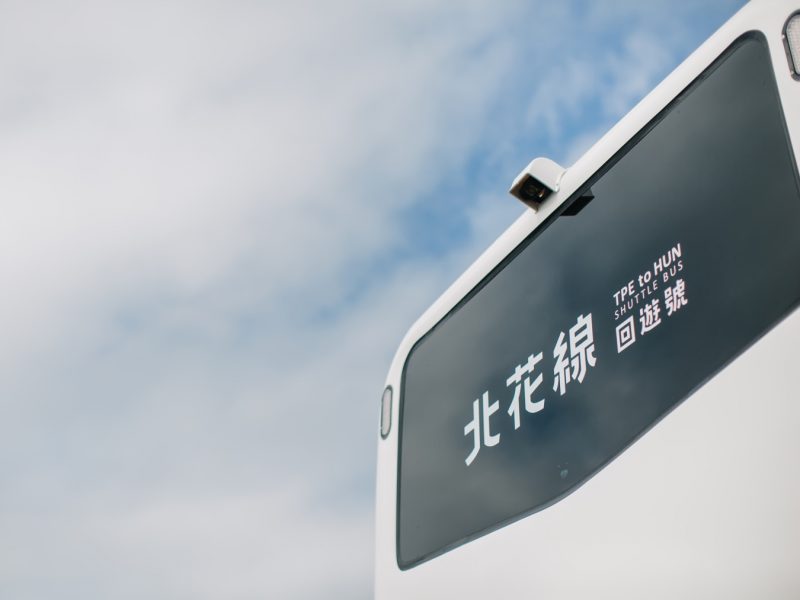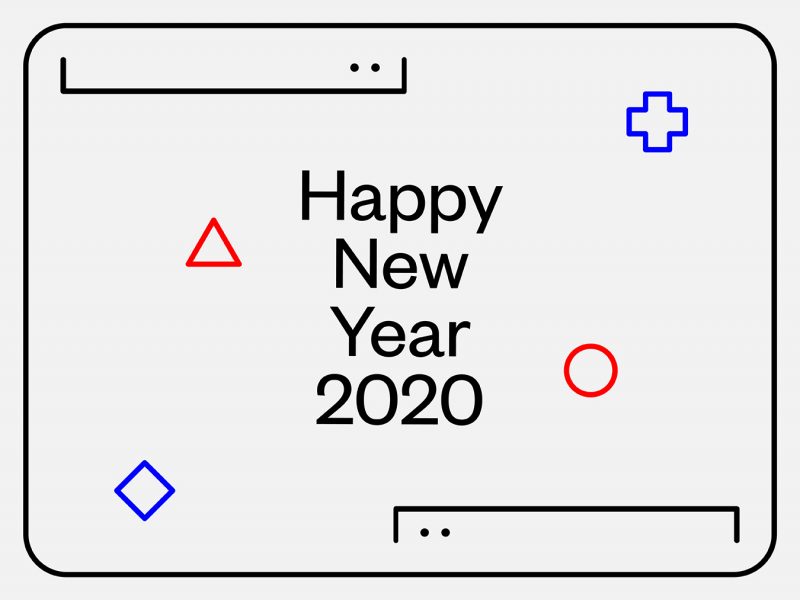Taiwan Design Center (TDC) has been actively promoting design as an effective method for solving important social issues. On October 19, several Taiwanese designs that offered innovative solutions to an aging society were invited to the Design and Creative Center Kobe’s exhibition “LIFE IS CREATIVE”; five Taiwanese design teams participated in a panel at the event.
In the spirit of long-term cooperation, TDC and the Design and Creative Center Kobe (KIITO) signed a social innovation memorandum of understanding on October 21, with the city government of Kobe bearing witness, marking the first time the KIITO had entered an international agreement. Accordingly, both sides will assemble teams to tackle social problems through analysis and design-based solutions.
In accordance with the memorandum of understanding, Taiwan and Japan will continue to work together to host exhibitions on the topic of social innovation in order to advance awareness of social issues. The exhibitions will also host forums and workshops to inspire ambitious young people and social organizations to develop their own social innovation projects and products that will raise quality of life. Besides this, both sides will work to develop long-term relationships with enterprise to advance the Taiwan-Japanese Social Innovation and Exchange Platform and create future jobs.
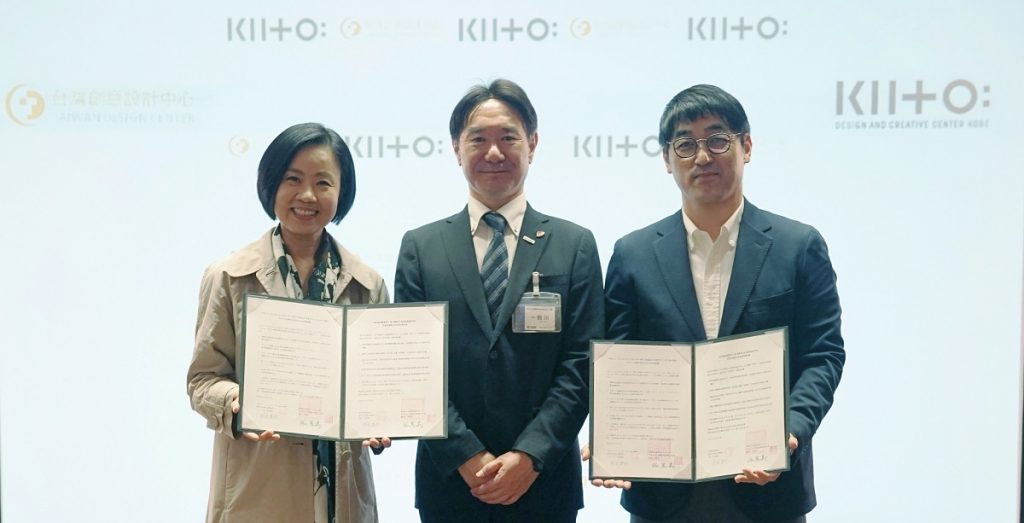
▲ TDC and KIITO has signed the social innovation MOU with the city government of Kobe bearing withness.
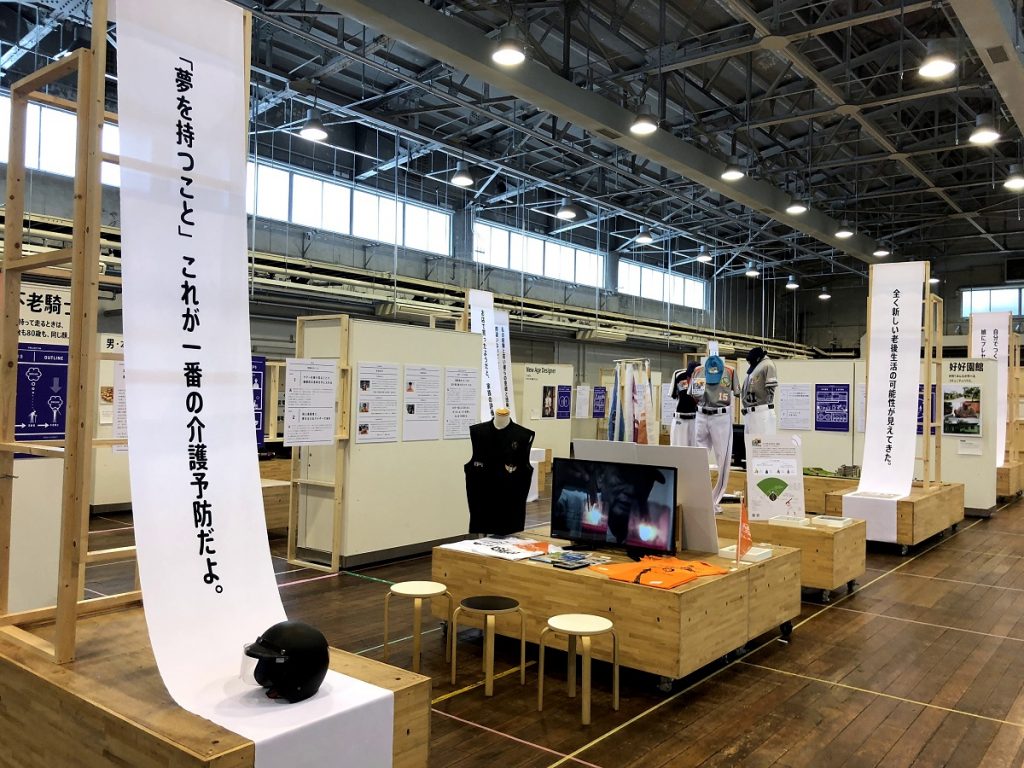
▲ The exhibition hall of “LIFE IS CREATIVE”.
A few days ago, the Taiwan and Japan design centers worked together to put on the LIFE IS CREATIVE exhibition at the Design and Creative Center Kobe, homing in on the theme “How to Live in an Aging Society”. The event will go from October 19-27. As “aging” gradually becomes a global social issue, especially in Taiwan and Japan, the topic is quite pertinent to attendees — and the hope is they will leave the event with a renewed perspective.
Japan requested the TDC and the College of Fine Arts and Creative Design at Tunghai University to help with this year’s event. After a thorough on-site investigation, Taiwan recommended five Taiwanese social design groups and seven design projects. These design groups included: 5% Design Action, Sui Taipei, You-Ben Design Agency, Hondao Senior Citizen’s Welfare Foundation, and Old Five Old Foundation. The themes selected were “food”, “time”, “participation in society”, and “community development”.
Through active participation in the exhibition and panel discussions, Taiwanese and Japanese designers will deepen cross-cultural understanding, eventually leading to increased cooperation between the two sides. Taiwan and Japan are planning to host a brand new exhibition on social innovation at the Taiwan Design Museum in November of this year. We’ll be showcasing new social innovation design projects for all attendees to see — we’ll be releasing more information about this exhibition soon.
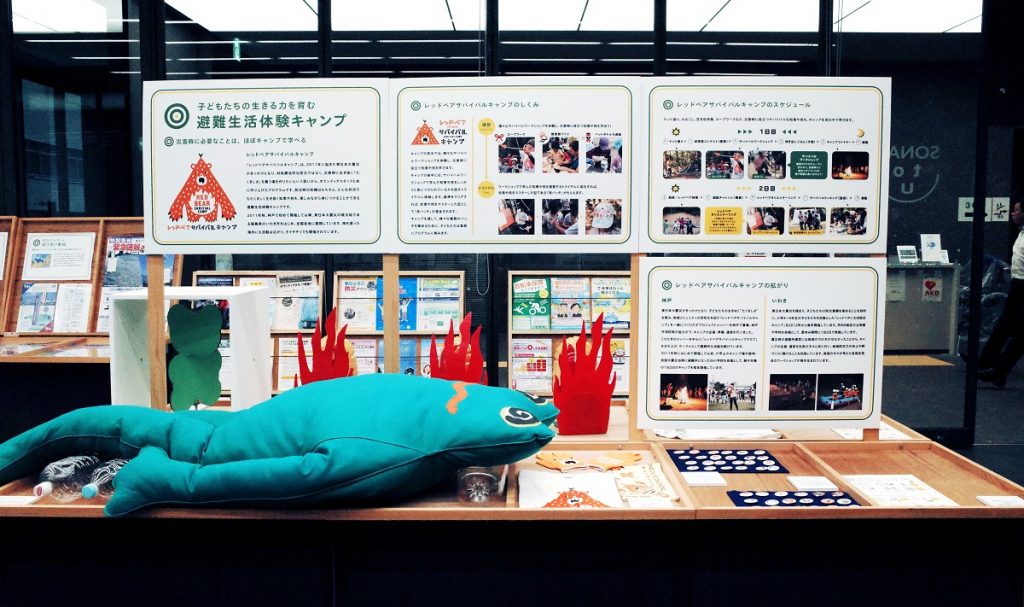
▲ The disaster reduction exhibition in Kobe Earthquake Memorial Museum.
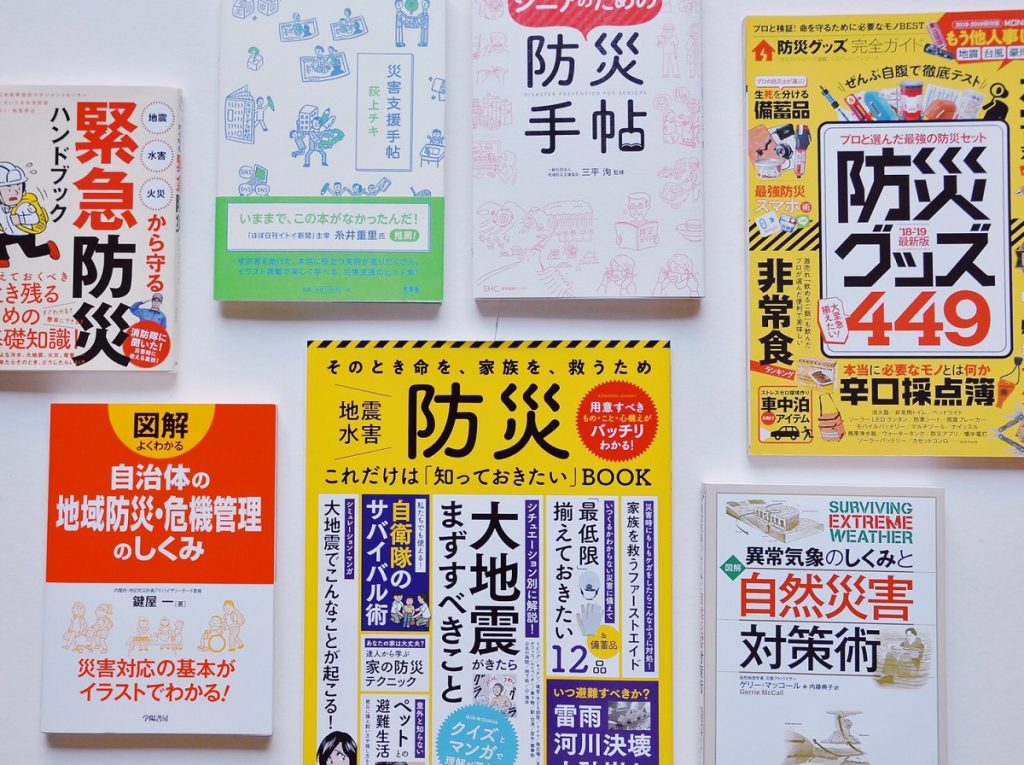
▲ The disaster reduction tookit.
Furthermore, the city government of Kobe arranged a visit to some of the 193 different local disaster prevention centers that were built after the Great Hanshin earthquake in 1995. The initiative to build disaster prevention centers was also an exercise in social innovation. In fact, Kobe has one of the most advanced disaster prevention programs in all of Japan. Through a combination of first-hand participation in disaster drills and knowledge sharing from research groups and government representatives, representatives from the TDC took away key insights as to how to improve the disaster prevention program back in Taiwan.
Taiwan and Japan have both suffered at the hands of natural disasters, and the respective governments have taken certain measures to adequately address these issues when they arise. However, there is plenty of opportunity to integrate innovative and out-of-the-box design-based solutions into existing methods. Finding these design-based solutions is one of the main goals for the Taiwan-Japan partnership moving forward.
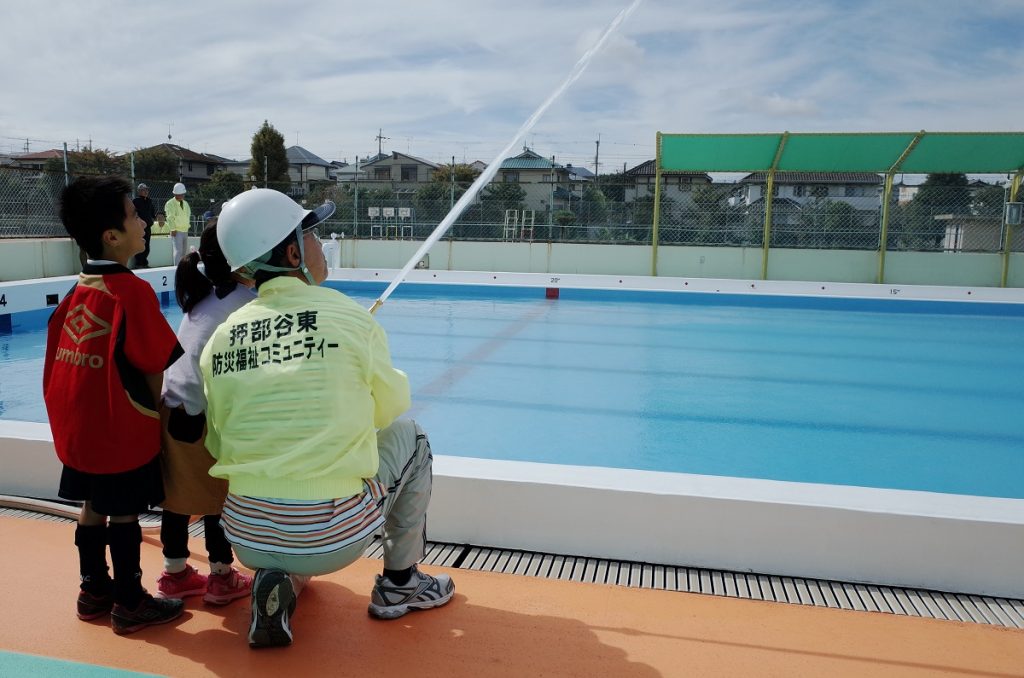
▲ The community disaster prevention training in Mujin Elementary School, Kobe City.
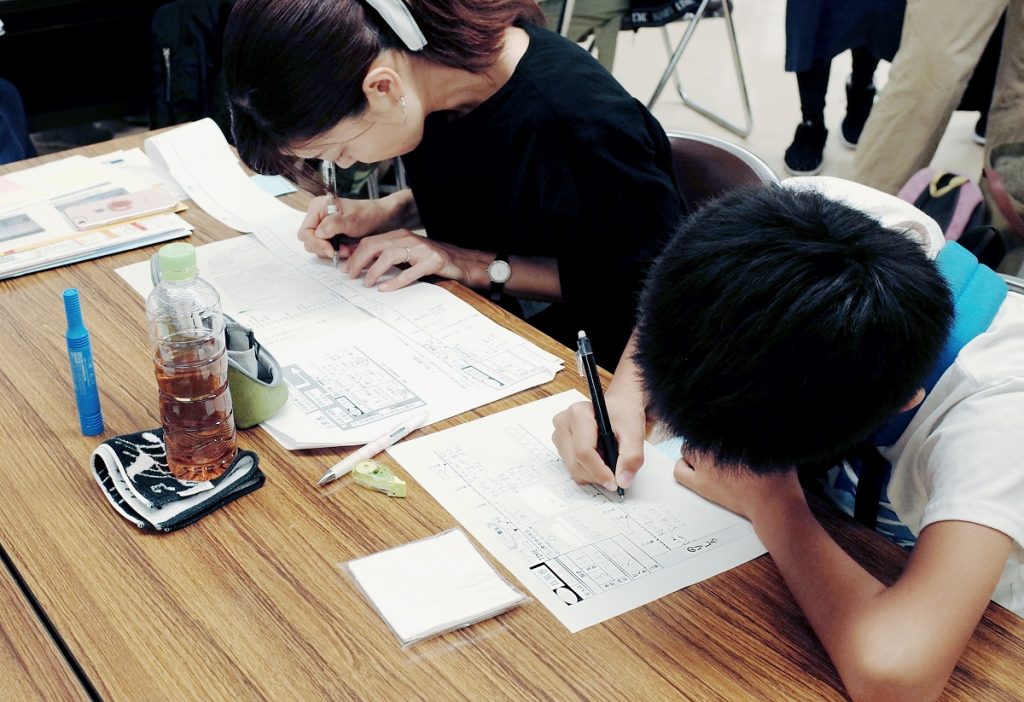
▲ The Osaka City’s parent-child disaster prevention design workshop.
In 2016, Taipei was chosen as the World Design Capital. Likewise, Kobe was designated a Creative City of Design by UNESCO. Both Taiwan and Japan have received international recognition for their design prowess. Going forward, the two sides will work together to further ingrain design into society and open deeper cultural and design exchange. With the eye on achieving social innovation, they’ll continue to expand the global influence of design — and enact powerful change through the power of design.

